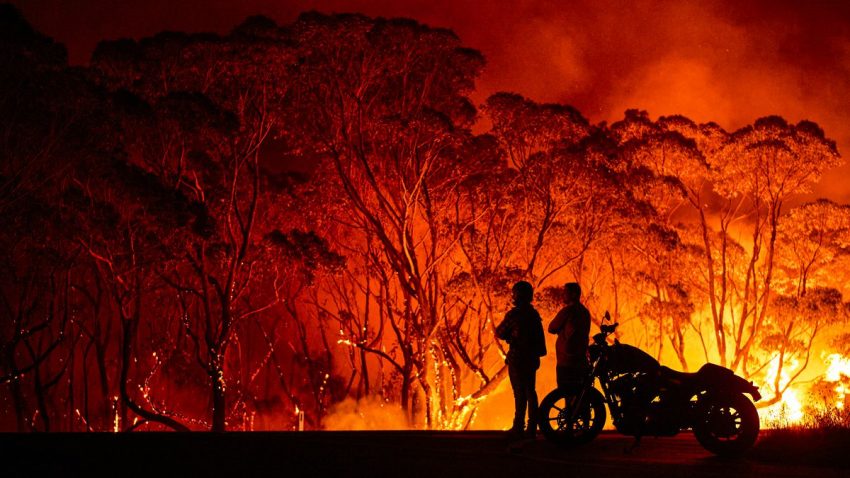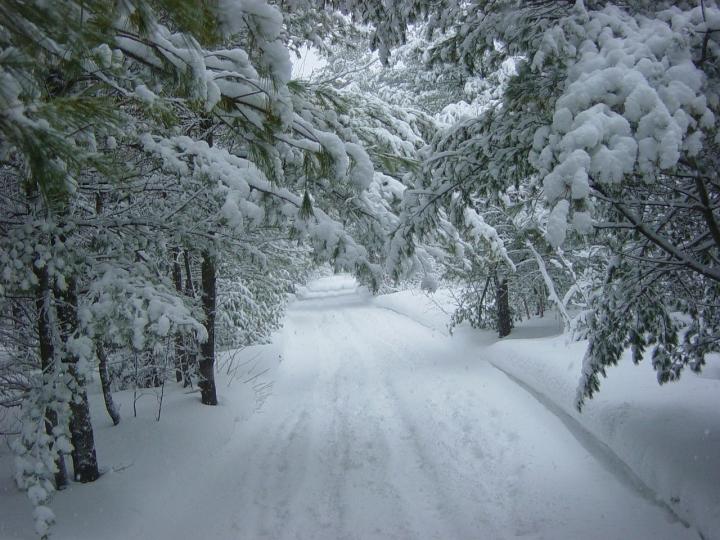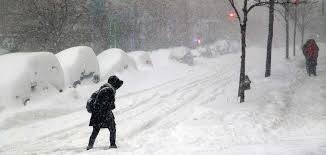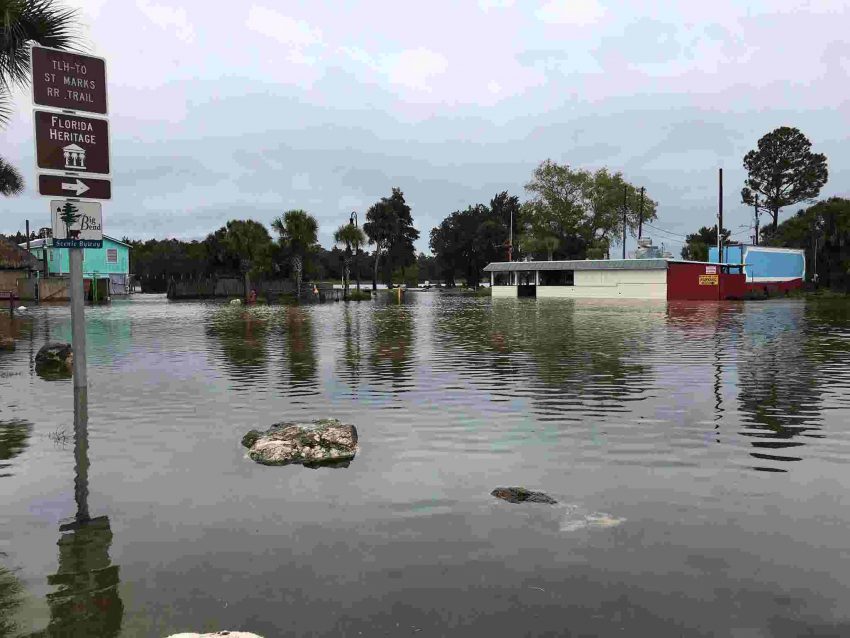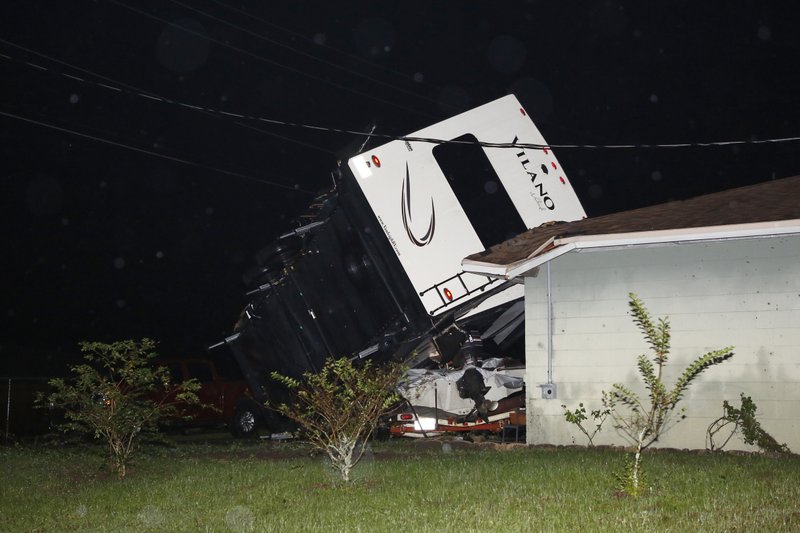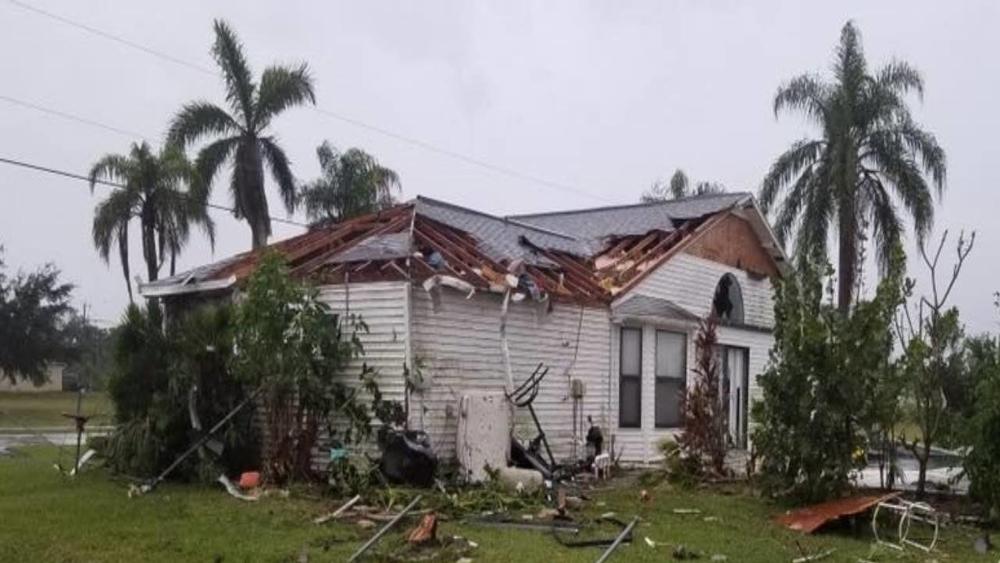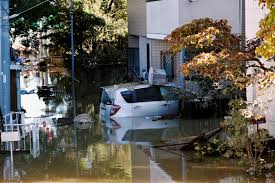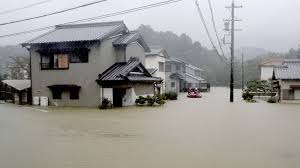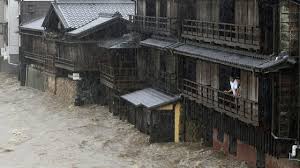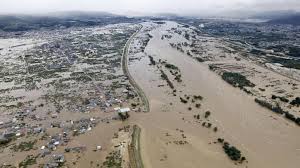Storm Surge from Tropical Storm Nestor in Eastpoint, Florida. #Nestor pic.twitter.com/Dn9Iq3t6DH
— WXChasing (Brandon Clement) (@bclemms) October 19, 2019
Bushfires Approach Australian Capital Of Canberra
Bushfires are currently burning just south of the Australian capital city of Canberra. 35,800 hectares(88,500 acres) where burned by Saturday afternoon in the Orroral Valley in nearby New South Wales. This has prompted a state of emergency to be declared in the capital district and surrounding areas, which is the first time this has occurred since 2003. Residents in the city of 400,000 are on edge as heat, combined with dry, and windy conditions are creating the perfect setup for fire to spread rapidly. Many fear a repeat of what happened in 2003, in which 500 homes were destroyed in one day throughout the district. So far, only 20 homes have been destroyed within the district.
Australia: to protect cultural assets and critical infrastructure in the suburbs of the nation’s capital, Canberra, planes have dropped a 1.5 mile line of fire retardant | Reuters | Feb 2020 https://t.co/yTe02uusxe‘ pic.twitter.com/8EsIHScSgz
— redball (@redball2) February 2, 2020
A total fire ban has been enacted, while officials have urged residents to fill up their sinks, buckets, and bathtubs so that they have access to safe water to drink and to extinguish flames when fires arrive. Canberra set an all time record high for February on Saturday with 42.7 degrees(109 degrees Fahrenheit). The record heat has been accompanied by strong, drying winds, which is making it very difficult for firefighters to control the flames. Isolated thunderstorms in the area have proven to be more detrimental than beneficial, as they are producing more lighting than rain, leading to additional fires being ignited. The fires themselves have been generating their own weather patterns in some cases, in which lighting and strong winds are developing within them, leading to even more fires. The extremely fire conducive conditions will last until Monday. By then, cooler temperatures, higher humidity, and less wind should assist firefighters with getting a handle on the blazes.
Australia fires: Residents told to seek shelter in Canberra region https://t.co/TspYfF5QSI
— BBC News (World) (@BBCWorld) February 1, 2020
This latest round of fires is coming on the heels of an already deadly and destructive bushfire season for Australia. Since September, 33 people have been killed nationwide, while 3000 homes have been destroyed. 10.5 million hectares(26 million acres) have burned, and scientists estimate that over one billion animals have perished.
A glimpse of the pyrocumulus cloud caused by the bushfire burning south of Canberra pic.twitter.com/sdecOJaNwU
— Alex Ellinghausen (@ellinghausen) February 1, 2020
